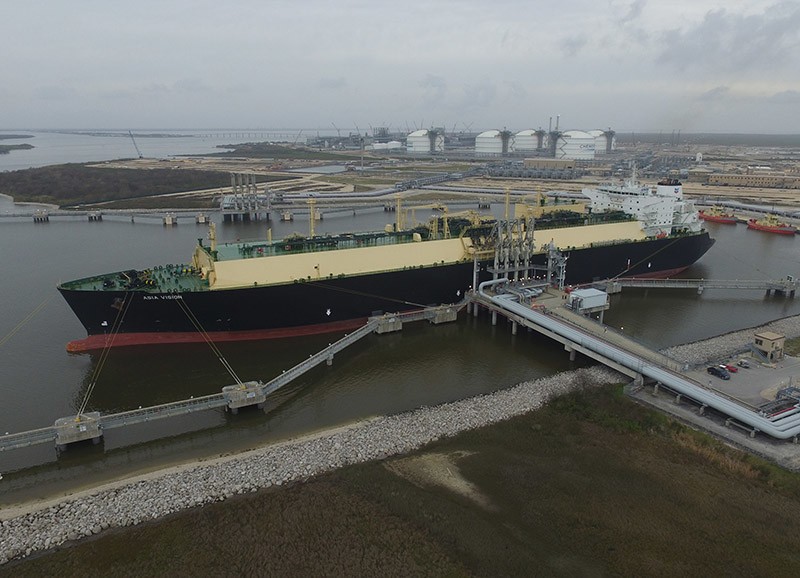Federal and state bureaucrats are missing the boat by not including natural gas as an integral component of initiatives aimed at reducing noxious airborne emissions, said the chief of a New York-based utility.
“As we all know, natural gas has been a significant, if not the biggest driver of greenhouse gas emissions reductions since 2005. In addition, natural gas and its related delivery systems have consistently proved their reliability, resilience, and affordability,” said David Bauer, president and CEO of National Fuel Gas Co., Williamsville, N.Y. “Notwithstanding the anti-fossil fuel commentary from Washington and Albany, we continued to add customers to our utility system year in and year out.”
President Biden and his legislative allies have kept natural gas out of the proposed clean energy toolbox, which is integral to the administration’s sweeping, but unlikely to be enacted as is, plan to decarbonize the nation’s electrical grid. On a state level, after significantly restricting the development of gas pipeline networks and banning unconventional gas exploration within the state, New York regulators are now looking to reduce utility investments in any fossil fuel infrastructure. Likewise, New York City lawmakers are pushing legislation to essentially prohibit natural gas in any new buildings or major city renovations.
“Taking an electrify everything approach is neither rationale nor practical,” Bauer said in National Fuel’s Aug. 6 third-quarter earnings call. “The natural gas delivery system is safe and largely underground, which ensures greater reliability and resilience compared with above-ground electric infrastructure. And this past winter was a textbook example of the importance of resilience. Unlike the tens of thousands of windmills and millions of solar panels that would be needed to electrify the country’s heating load, the natural gas delivery system already exists and is largely paid for.”
Including gas in the clean energy mix, however, will come at a higher cost. According to the U.S. Energy Information Administration (EIA) spot prices on the U.S. Henry Hub benchmark hit a seven-year high of $5.16/million Btu in September and is expected to average $3.47/million Btu in 2022, 13% higher than the forecasted price earlier this year.
The EIA attributes the price jump to higher domestic consumption, strong exports of U.S.-produced liquefied natural gas (LNG) and “relatively flat production,” aggravated in no small part by Hurricane Ida that ravaged the Gulf of Mexico on Aug. 29. Nearly a month after landfall, 765.54 MMcf/day, representing 34.33% of Gulf gas production, remained shut-in, according to the U.S. Bureau of Safety and Environmental Enforcement (BSEE). The Gulf accounts for roughly 5% of total U.S. dry gas production.
Much of that production is headed outside the U.S. Premier LNG shipper Cheniere Energy shipped a record 139 cargoes from its Sabine Pass, La., and Corpus Christi, Texas, export facilities in the second quarter.
“As reflected by the historically high LNG prices in both Europe and Asia, markets remain tight through this past winter, with global LNG demand growing by nine percent year-over-year in the second quarter,” said Executive Vice President and Chief Commercial Officer Anatol Feygin.





